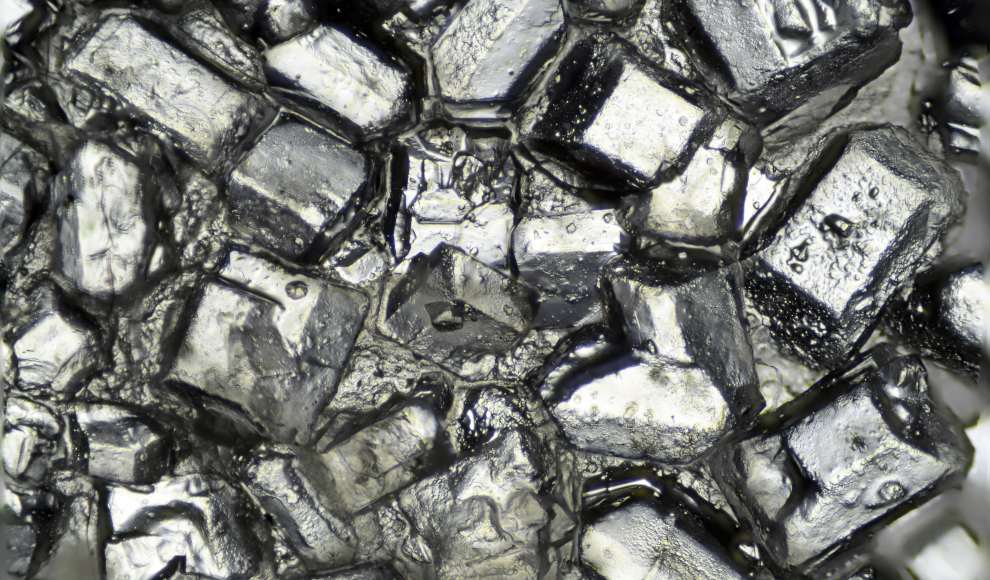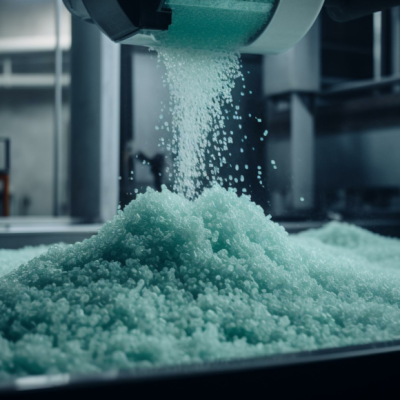A synthetic crystal based on copper has been developed, which allows for the production of new thermoelectric materials that can efficiently and affordably generate electrical energy from heat. Thermoelectric materials are used in industrial processes to utilize waste heat and in electronic components such as smartphones and electric cars for cooling. However, the most efficient thermoelectric materials have been problematic due to their use of expensive and toxic elements like lead and tellurium. Scientists have been working on synthetic copper minerals that can be produced from non-toxic elements found in large quantities in the earth’s crust. Researchers at the CRISMAT Laboratory have now presented a crystal made from a synthetic copper mineral that could open up “new perspectives” in the development of safe and affordable thermoelectric materials.
The synthetic crystal is made up of copper, manganese, germanium, and sulfur. The manufacturing process is simple and can be scaled up to industrial levels. The powder is mechanically brought into a pre-crystalline alloy through a ball milling process and then compressed at 600 degrees Celsius. The structure of the material is changed by replacing a small amount of manganese with copper, resulting in complex microstructures that form the basis for the transport of electrons and heat. The thermoelectric material remains stable up to 400 degrees Celsius, making it suitable for use in the waste heat systems of most industrial plants.
The researchers are confident that new thermoelectric materials can be developed based on the synthetic crystal, which can replace the currently used toxic materials. This breakthrough could have a significant impact on the energy industry, as it provides a safer and more affordable way to generate electricity from waste heat. The development of this synthetic crystal is a promising step towards a more sustainable future.










